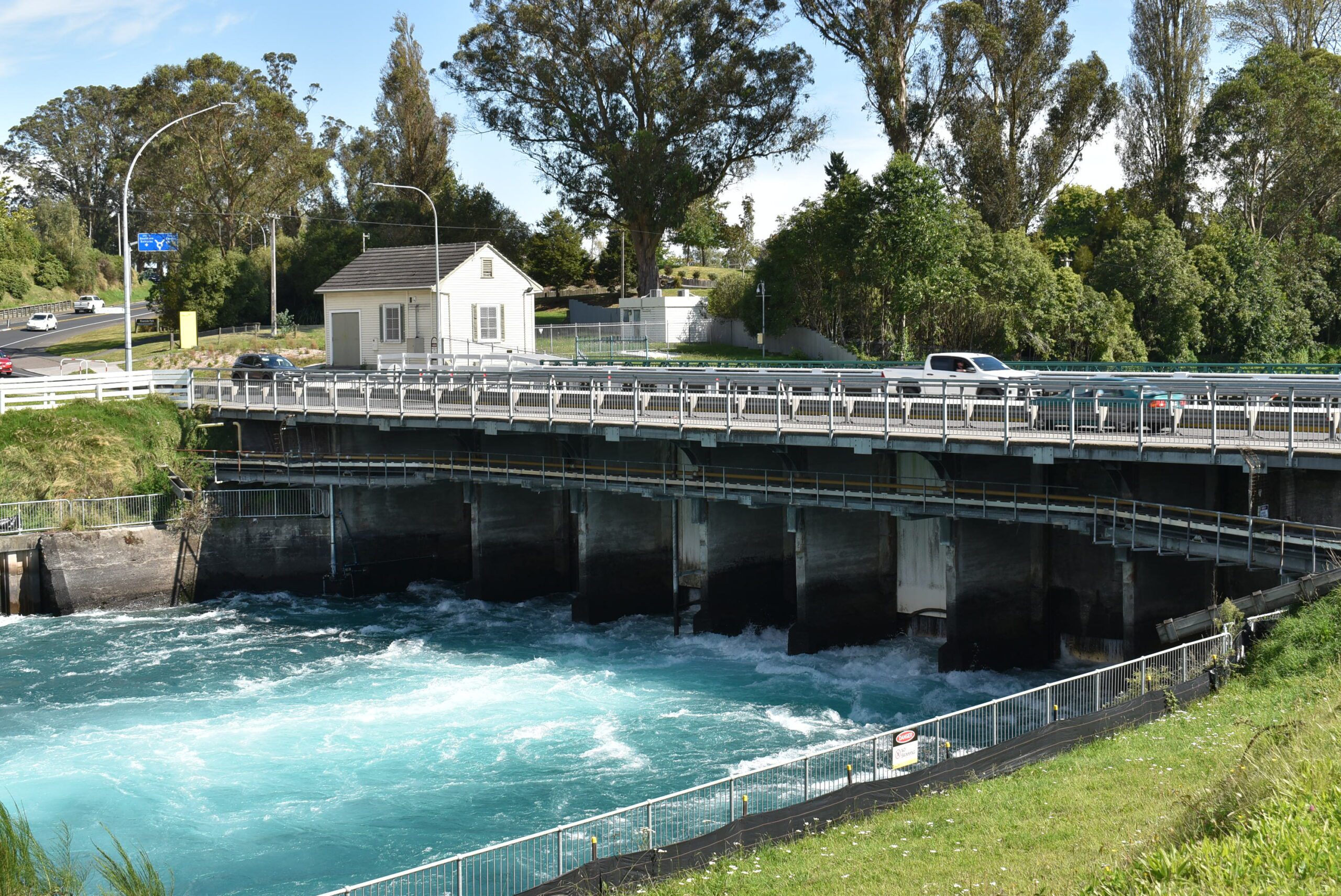No doubt this has been the wettest summer in a long time. On average our Tūwharetoa Rohe gets 1100mm of rain a year. In 2022, some 1747mm of rain came down.
Heavy rain and high water levels brought on flooding concerns and erosion issues, particularly in Te Maataapuna. Another flow-on effect is that in December 2022 the Waikato Awa reached its highest levels in recorded history since 1908.
This has caused significant challenges for those agencies such as Waikato Regional Council (WRC) and Mercury Energy who are responsible for ensuring the lake stays within its consented lake level range. Taupō Moana has only one outlet, the control gates bridge, which is administered and operated by Mercury. The WRC issues the resource consent for Mercury to operate the control gates.
Throughout December and January, Mercury had the control gates open to manage the lake levels. All river outflow is measured in cubic metres per second (cumecs), and 300+ cumecs of water were being released downstream at the time.
However, the heavy rain across the country meant Waikato Awa had risen downstream in Te Arawa, Ngāti Raukawa and Waikato-Tainui rohe too.
Water from Taupō Moana and the tributaries connected further up the Waikato, along with rain from Ranginui, compounded the situation.
Working with local agencies
The Trust Board is the legal owner of the title for Taupō Waters which is Taupō Moana, its tributaries and the Waikato Awa up to Te Toka a Tia. The title is held in the Trust Board on behalf of all Ngāti Tūwharetoa descendants.
However many of the management functions continue to be performed by Government authorities.
For example, the authority to manage boating and navigational safety on Taupō Moana and the upper Waikato Awa sits with the Taupō Harbourmaster. Resource Consenting and monitoring of consents is carried out by WRC and public reserves are managed by either Taupō District Council (TDC) or the Department of Conservation.
Given this, it is important that the Trust Board maintains a relationship with these agencies, hence the commitments through different arrangements and mechanisms.
Over the limit
On 31 January 2023, continued rain meant significant flooding not only in our rohe but even more so in the lower Waikato awa. Sadly three Marae at Te Puaha o Waikato (the Waikato Delta at Port Waikato) were flooded as additional inflows below Karāpiro can not be controlled as the hydro scheme ends at that point.
During significant flooding the management of the catchment becomes the responsibility of the WRC.
In order to lessen the damage and potential risk to life to those along the Waikato Awa, WRC allowed Taupō Moana to rise above 357.25 metres above sea level (masl), which is the maximum control level under the resource consent issued for Mercury to operate the control gates bridge.
The consent granted to Mercury allows for the lake levels to go above this height during certain flooding events as it has occurred several times in recorded history.
WRC then implemented their flood management plan with Mercury to reduce the lake levels as quickly as possible without putting the rest of the river communities at risk.
At the time of publication, Taupō Moana is back below the maximum control level, and water is flowing downstream at a safe rate.
The Trust Board continues to meet and work with the various stakeholders and agencies to raise the concerns and issues that are important and need to be recognised. This includes lake level management, erosion issues and the impacts on our shoreline settlements.

